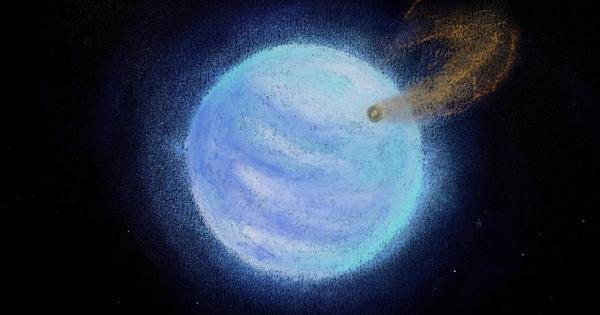Until the early 2000s, the only known planets were located in our own neighbourhood, the Solar System. They broadly form two categories: the small rocky planets in the inner Solar System and the cold gaseous planets located in the outer part.
With the discovery of exoplanets, planets orbiting stars other than the Sun, additional classes of planets were discovered and a new picture started to emerge. Our Solar System is by no means typical.
For example, data from the Kepler mission has shown that large, gaseous exoplanets can orbit very close to their star – rather than far away from it, as is the case in our Solar System, causing them to reach temperatures exceeding 1,000K (727 degrees Celsius). These have been dubbed “hot” or “ultra-hot” Jupiters. And while most other exoplanets are smaller, between the size of Neptune and Earth, we do not know much about their composition.
But how can hot, gaseous planets form and exist so close to their star? What kind of…
